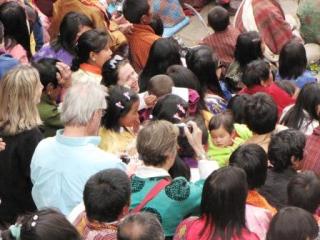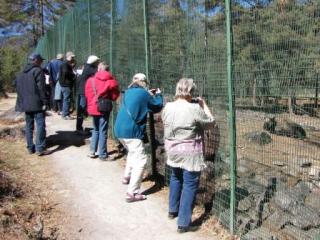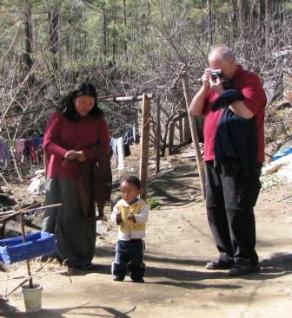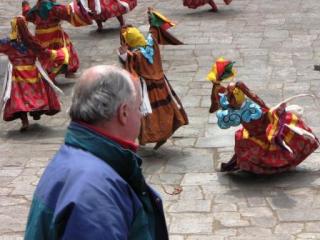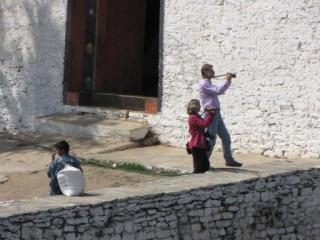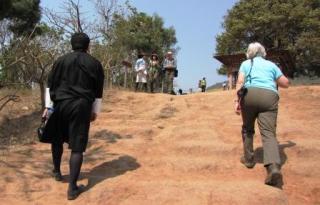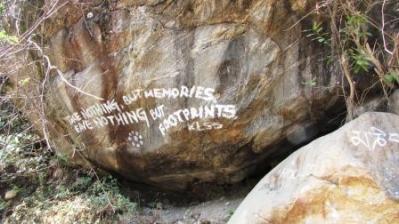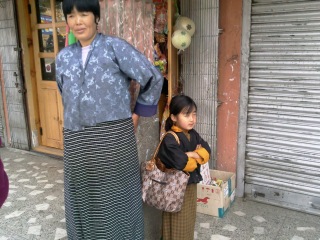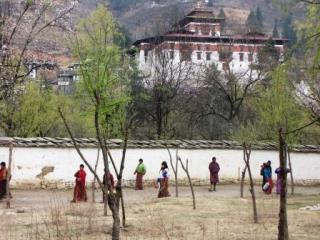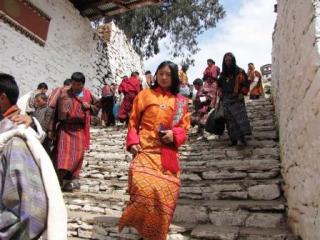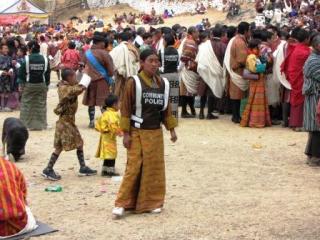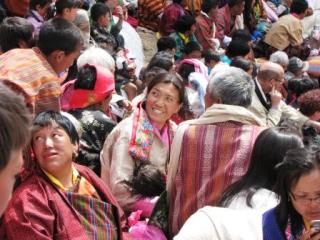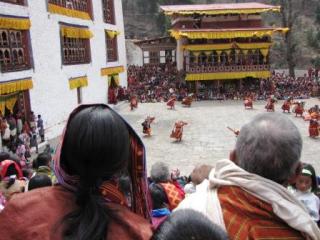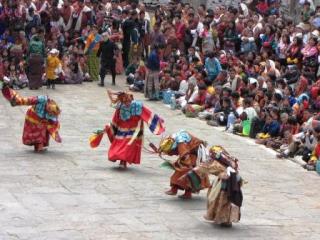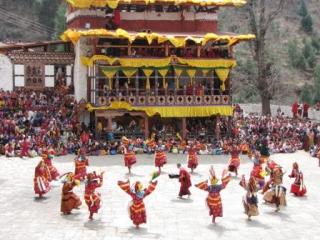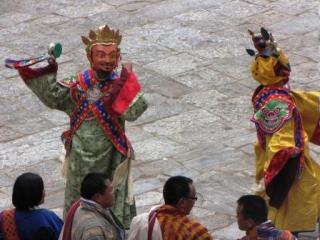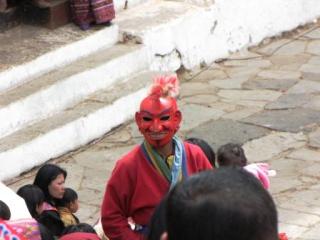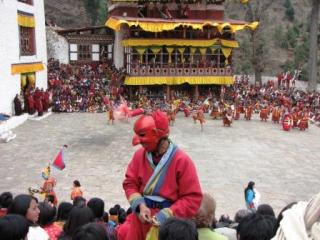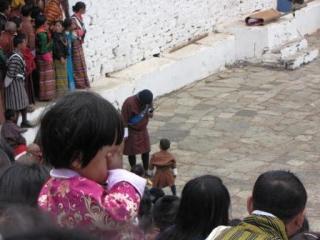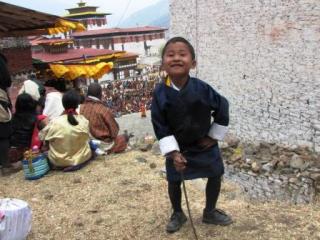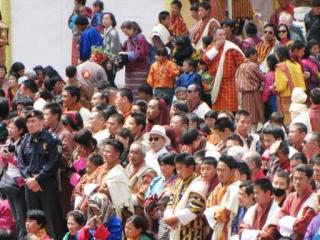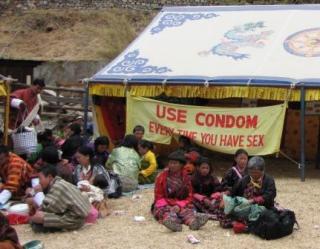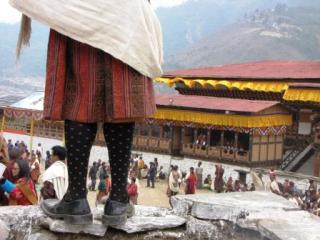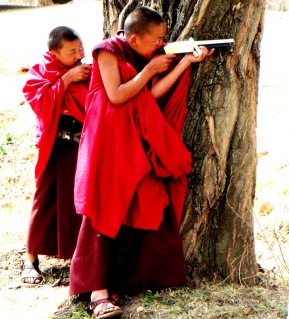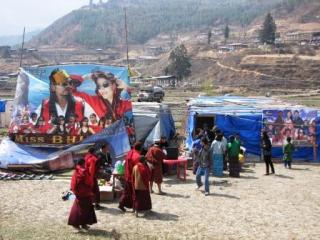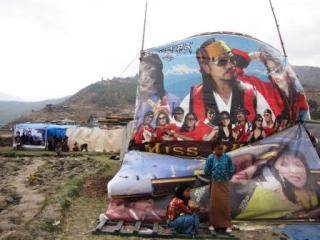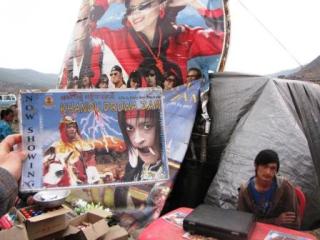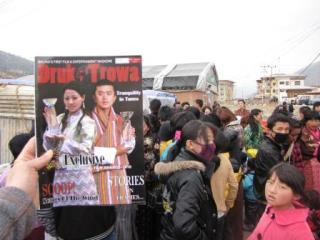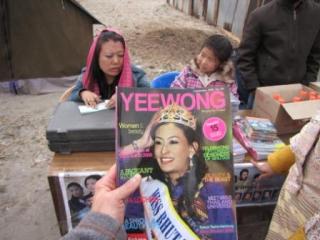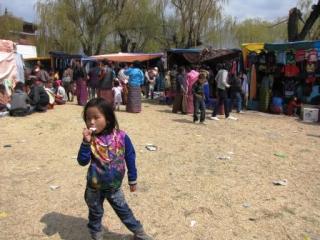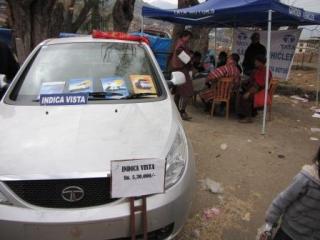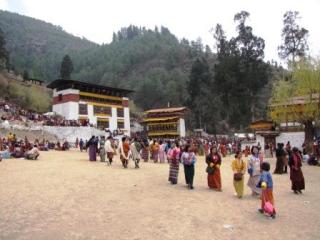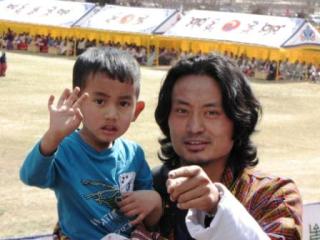>
I bet there is no other airlines in the world that offers an in-flight magazine that you innocently open and inside you find a half-page picture of this kind:
This is Drukpa Kunley, the ‘Divine Madman’, and his ‘divine thunderbolt of wisdom’ as appeared in the last issue of Tashi Delek, DrukAir’s in-flight magazine. But who was Drukpa Kunley and what did he do for Bhutan?
A Buddhist master, he lived between 1455 and 1529 and he came to Bhutan from Tibet in the 15th century as Yogi Kunga Legpai Palzangpo to teach local folks about Buddhism in a fairly unorthodox way by using provocative and entertaining poetry, songs, dance, and humor, often combined with drinking and having sex. He occasionally applied all of his teaching methods with his hosts’ wives, too.
One of his very visible and distinctive legacies is the Penis painted on houses across the country in various shapes, sizes and forms. Other is Chimi Lhakhang, a temple established by his relative in 1499, where lamas today bless you with a wooden or stone phallus helping you have a child. Hopeful local and foreign women and men visit the place for the blessing and some of them stay overnight to test the power of ritual on the spot.
When Bhutanese asked about the reason for painting erected and ejaculating penises on homes or hanging wooden ones from the roof, they claim that they protect the house against deities and bad spirits. I don’t know if it works, but it surely shocks many tourist getting out of their minibus wishing for a nice rest at a roadside restaurant. I heard a story from a tourist guide who was visiting the countryside with a British man and his 16 years old daughter. When the man asked my friend what that hanging piece of wood there was, he was so embarrassed to say it was a penis in front of the girl that, instead, he said “It is your Thing, sir.”
The tradition of provocative and shocking Buddhist teaching well demonstrated by Drukpa Kunley lives on today. I heard about a lama having a family visiting him and then in the middle of the meeting showing them a porn movie as a way of making them realize the truth of life. This story may be an urban legend, but modern interpretation of ‘divine thunderbolt of wisdom’ can be seen on walls all over the country.The penis motif is also manifested in jokes like this one from the online Bhutan Times:
THE REQUEST:
I, the penis, hereby request a raise in salary for the following reasons:
I do physical labor.
I work at great depths.
I plunge head first into everything I do.
I do not get weekends off or public holidays.
I work in a damp environment.
I don’t get paid overtime I work in a dark workplace that has poor ventilation.
I work in high temperatures.
My work exposes me to contagious diseases.
THE REPLY:
Dear Penis,
After assessing your request, and considering the arguments you have raised, the administration rejects your request for the following reasons:
You do not work 8 hours straight.
You fall asleep on the job after brief work period.
You do not always follow the orders of the management team.
You do not stay in your allocated position, and often visit other areas.
You do not take initiative – you need to be pressured and stimulated in order to start working.
You leave the workplace rather messy at the end of your shift.
You don’t always observe necessary safety regulations, such as wearing the correct protective clothing.
You’ll retire well before reaching 65.
You’re unable to work double shifts.
You sometimes leave your allocated position before you have completed the day’s work.
And if that were not all, you have been seen constantly entering and leaving the workplace carrying 2 suspicious-looking bags.
Sincerely,
The Management
ATTENTION: the following pictures may disturb your peace of mind !
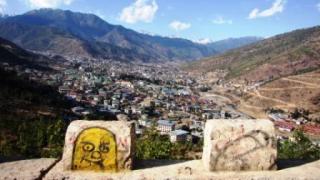 |
| Modest size, discretely decorated |
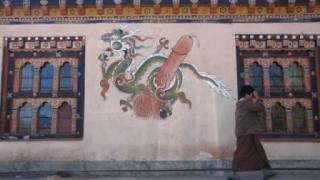 |
| Oversized, with a dragon |
 |
| Doubled, ejaculating water from a water-driven prayer wheel. |
 |
| On the road to Wangdue Phodrang |
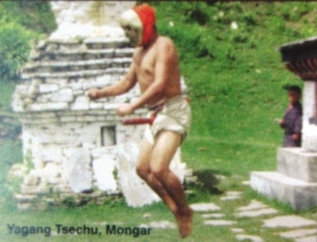 |
| From the inflight magazine of Druk Air |
 |
| One from Ura |
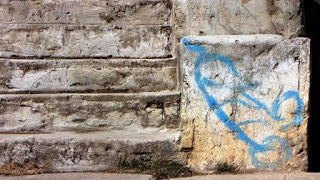 |
| Another one from Ura |
 |
| Other two. |
 |
| Helping hands. |
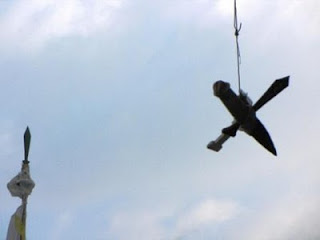 |
|
Hanging thing.
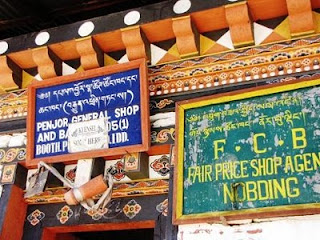 |
| Hanging over the door. |
|
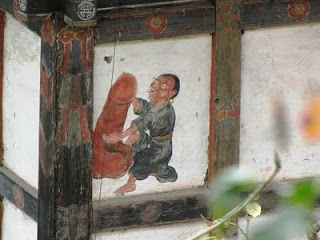 |
| What is he doing? |
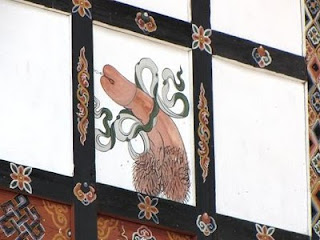 |
| Drukpa Kunley is said to have decorated it this way. |
 |
| Looks likes it meditates.
|
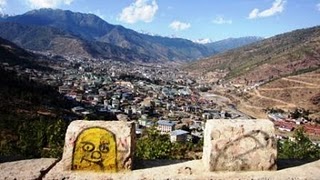 |
|
The tradition lives on in Thimphu
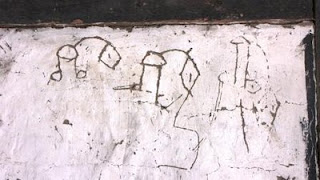 |
| … and in Khoma village on the wall… |
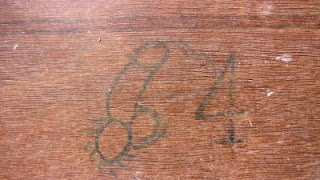 |
| … and on a caramboard, local board game. |
|
|
|
Click for more unique things in Bhutan: NAMES DRESS, DOMA, ETC
